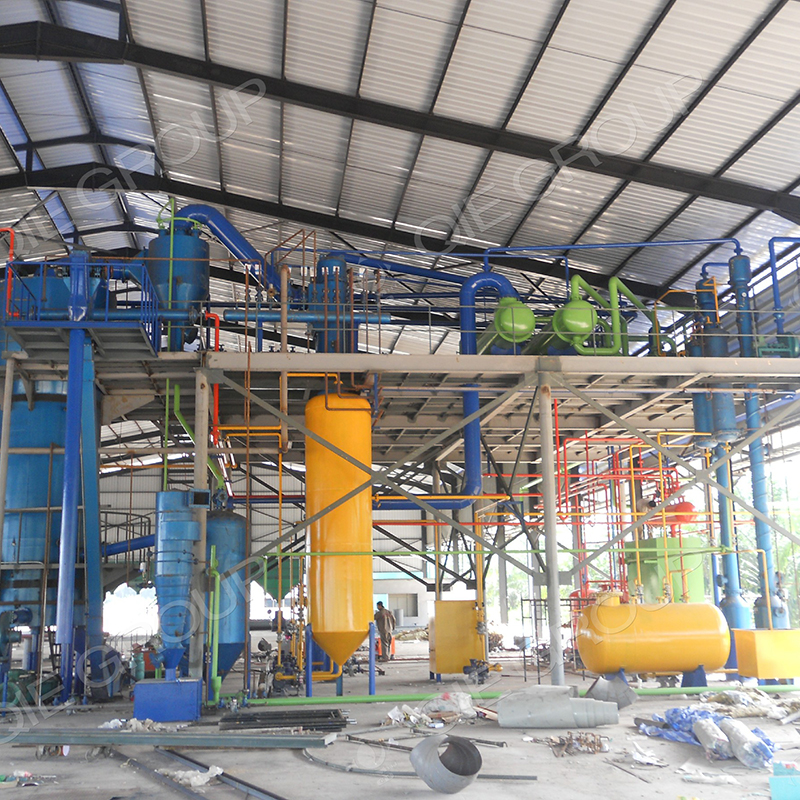
In the competitive palm oil processing industry, efficiency isn’t just a goal—it’s survival. A recent case study from a mid-sized refinery in Nigeria demonstrates how smart automation can turn operational challenges into measurable gains.
The facility, producing approximately 8 tons of crude palm oil per day, struggled with inconsistent throughput and high energy consumption. Operators relied on manual adjustments for feed rate, temperature, and pressure across three key stages: pre-heating, pressing, and oil-water separation. This led to frequent downtime due to overheating, clogged filters, and suboptimal extraction yields.
By integrating a programmable logic controller (PLC) system with strategically placed industrial sensors—pressure transducers at the press chamber, thermocouples in the heating zone, and flow meters on the oil discharge line—the mill achieved real-time monitoring and automated control. The PLC adjusted parameters based on live data, reducing human error and enabling predictive maintenance.
Key improvements:
| Process Stage | Before Automation | After Automation |
|---|---|---|
| Feed Rate Control | Manual, inconsistent | Auto-adjusted via flow sensor feedback |
| Press Temperature | Frequent overheat alarms | Stable ±2°C deviation |
| Oil Yield | ~68% | 72.5% (an increase of 6.6%) |
These changes translated into tangible business outcomes: 20% higher daily output and 15% reduction in kWh/ton of oil produced. The ROI was realized within 14 months through lower labor costs, fewer breakdowns, and improved product consistency.

Many small-to-midsize palm oil producers hesitate to adopt automation due to perceived complexity or cost. But this case shows that even modest investments—such as a basic PLC setup with 5–8 sensors—can yield significant returns. Critical success factors include:
Looking ahead, edge computing and AI-driven predictive maintenance will further reduce unplanned downtime—especially valuable in regions where spare parts delivery takes weeks.
Our team has helped over 40 mills across Africa, Southeast Asia, and Latin America implement tailored automation upgrades—without disrupting production.
Get Your Customized Automation Plan Today
